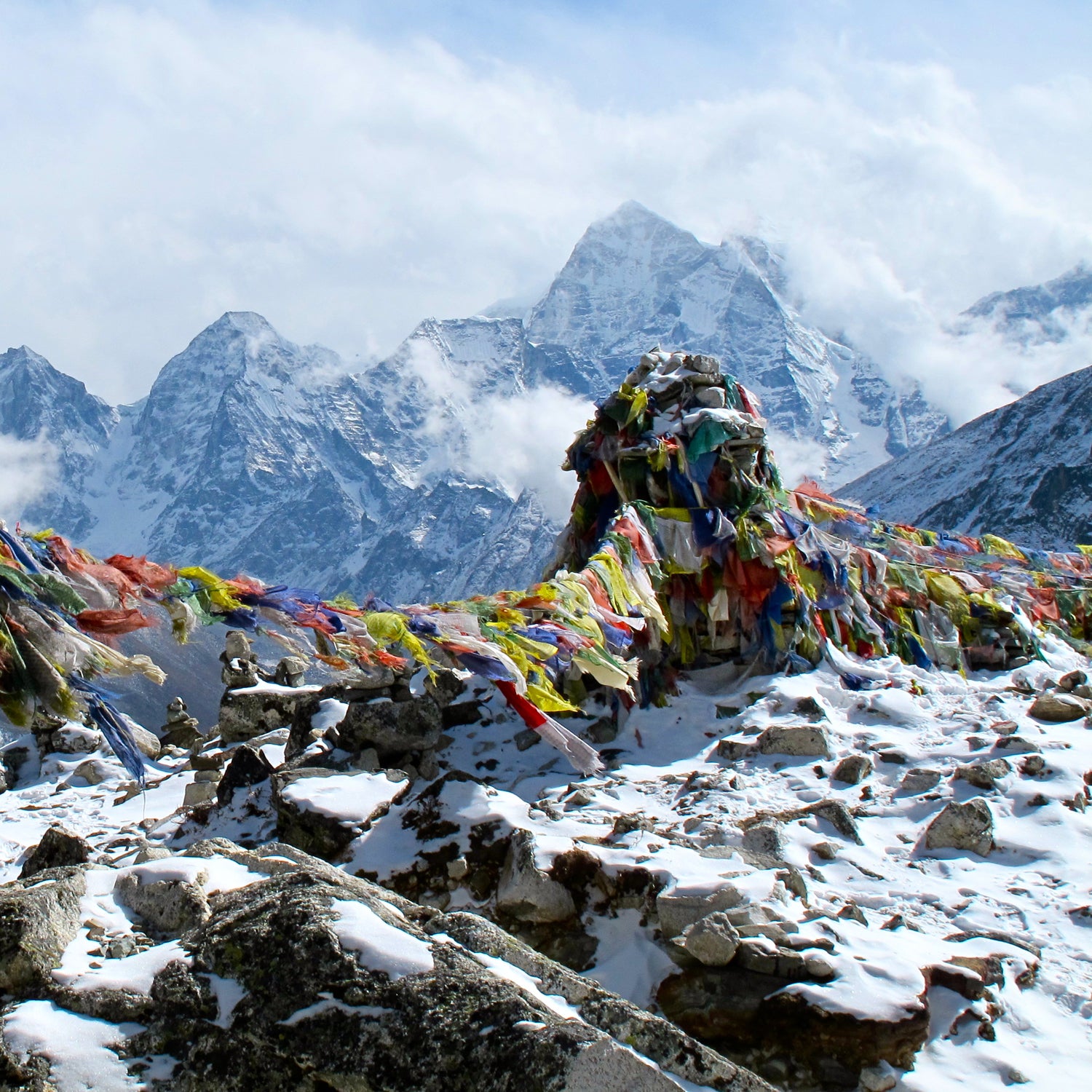A government official in Nepal has said that he in the coming days, according to the AFP. The Chinese government officially closed the north side of Everest on Wednesday, but the south side technically remains open to climbers. However, deploying from there means crossing through the treacherous Khumbu Icefall, which was shaken up during the April 25 earthquake—the route through it was completely destroyed—and has been continuously jostled by aftershocks since.
“The ladders [through the Icefall] will be repaired in the next two to three days and climbing will continue, there is no reason for anyone to quit their expedition,” said Tulsi Prasad Gautam, deputy general of the country’s Tourism Department. He further downplayed the potential for dangerous earthquakes and aftershocks—the kind predicted by the —by saying, “We feel the ground is stable enough for climbing despite aftershocks.”
This stance is not entirely unexpected from the Nepalese government. Last year, after an avalanche on the Khumbu Icefall killed 16 local workers, Bhim Acharya, head of of the Ministry of Culture, Tourism, and Civil Aviation, traveled to Base Camp to urge teams to continue climbing and asked that they fix the ropes and ladders, though no commercial expeditions continued.
Actually doing so, however, may be next to impossible without the aid of helicopters to ferry people and supplies from Base Camp over the Icefall to Camp I. It took the Icefall Doctors, the team of eight Nepalis who set the route from Base Camp to Camp I, several weeks to both find and then establish a safe route. When the earthquake occurred, three of the Doctors were killed and the others quickly returned to Gorak Shep, a village downvalley in the Khumbu. Earlier today, that the Doctors’ immediate departure was disappointing to many on the mountain because “they had the best knowledge, skills, and access to evaluate the route for repair, and sustainability after the quake.”
During the avalanche, many of the ladders and ropes on the Icefall were either destroyed, damaged, or buried. Climbers stranded at Camps I and II and those below at Base Camp both attempted to put a new route through the Icefall, but were thwarted by aftershocks. As Arnette wrote:
World class professional mountain guides including Damien Benegas, Jeff Justman, and Justin Merle spent the day after the initial quake searching for a new route down, starting from Camp 1. Others, sorry don’t know their names, did the same climbing up from EBC. They worked up to the point when the third aftershock and the warming of the day made the Icefall more unstable thus putting their lives at risk and they failed to find a suitable new route. I personally listened to the radio conversations.
The only team thus far to even consider continuing their summit push was Himalayan Experience, which was going to use helicopters to transport clients and gear to Camp I instead of the Icefall, a move .


